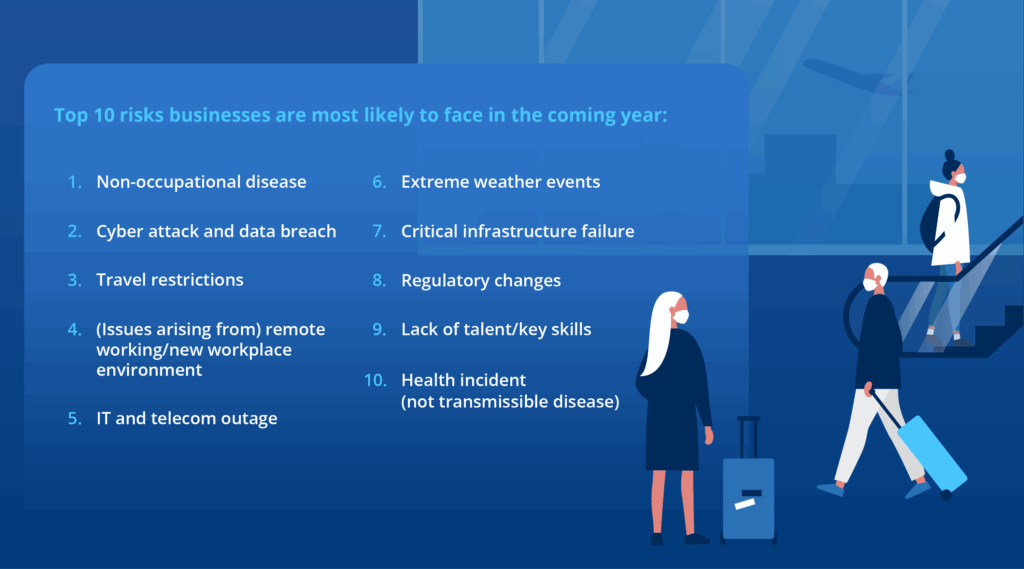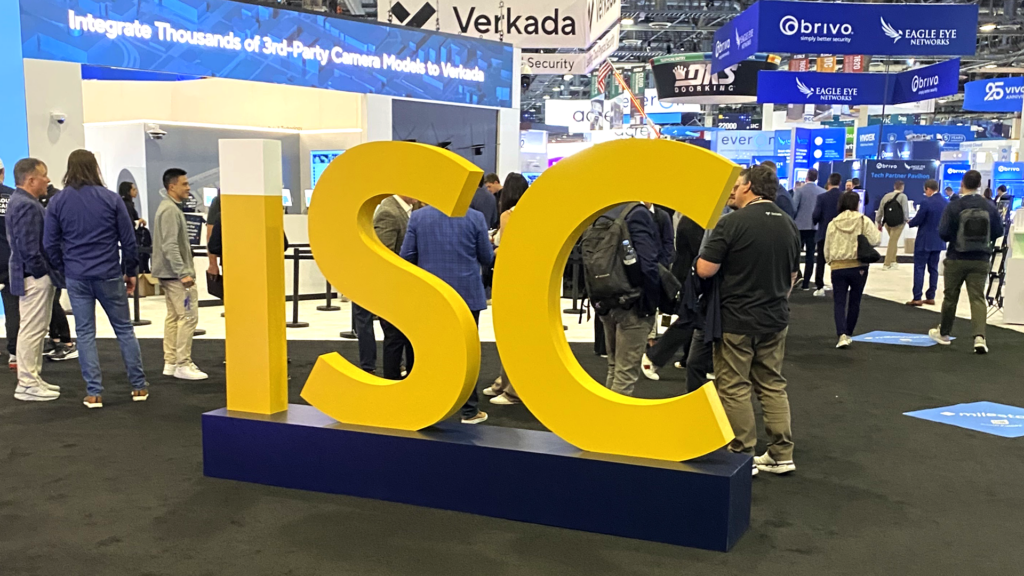Is your crisis management plan efficient and optimized? Here are five steps to build a successful operation.
Today’s risk landscape is multifaceted and ever-evolving, creating many challenges and potential crises for organizations worldwide. And as crises continue to grow in severity and frequency, it’s increasingly difficult for a business to safeguard its operations, finances, reputation and employee safety.
As such, it’s imperative that organizations implement a comprehensive, effective crisis management plan (CMP) to prepare for and respond to the unexpected.

Below are five steps all organizations should consider to successfully build a CMP that facilitates the fastest and most efficient real-time response to unexpected events. Businesses with a crisis management plan already in place should also use this as a checklist to ensure their current plan is up-to-date.
No. 1: Know your assets
An organization’s assets include both tangible and intangible assets. Tangible assets include facilities, inventory, vehicles, equipment and IT/OT systems. Intangible assets include people, information, brand and reputation and more.
Organizations need to start by identifying two crucial factors: what their important assets are and where they are located.
Identifying the full scale of those assets is complex, but essential. If a business wants to effectively safeguard itself against high-impact events, it must first understand where its assets are located globally. Then, it must determine how critical the assets are to business operations and the key stakeholders responsible for the protection or recovery of those assets during a crisis.
Once this information is collected, it must be constantly updated to ensure: 1) any organizational changes are reflected and 2) information is synchronized and unified in a central hub, not siloed in different departments or stored in disparate systems. This allows corporate security teams and crisis managers to have a shared view of operations—a key pillar for any CMP.
No. 2: Identify and monitor risks
The next step is to identify common risks to your industry, organization, location and products, as well as the probability of them happening.
During this risk assessment, ask yourself the following questions:
- What are the potential threats to my organization?
- How vulnerable are we to these threats?
- What are the potential impacts of the crisis?
- What technology or tools do we have (or need to obtain) to proactively detect and monitor potential crises?
When aiming to answer the last question in the list above, be sure to take into account real-time alerting solutions, like Dataminr Pulse. Access to the real-time information it provides is critical and gives businesses a clear and early line of sight into potential crises, keeping them informed as incidents unfold over seconds, minutes and hours.
The Importance of Risk Detection in Crisis Management
Dataminr Pulse’s real-time alerts enhance the effectiveness of your organization’s crisis management plan by:
No. 3: Notify, communicate and collaborate
When a crisis arises, it’s important that your organization is able to quickly communicate with key stakeholders—both external and internal. CMPs should establish lines of authority and accountability, as well as means to disseminate information, including how decision makers are notified of an event, its potential impact and the needed response plans.
In such high-stress moments, to ensure rapid, efficient and consistent responses, those responsible for managing a crisis need to focus on eliminating silos and fostering coordination across teams. This means processes such as information sharing, scheduling meetings, and assigning and prioritizing tasks should be done on a centralized platform to avoid duplicative or unnecessary efforts.
Regardless of the communication channels and collaboration software your organization uses, business and security leaders need accessible and automated solutions that allow them to centralize and streamline critical information flows, collaboration and response protocols.
No. 4: Develop crisis response plans
Every incident is different in scale and impact. However, by having predefined workflows for various scenarios, your organization can confidently carry out an informed and timely response to a crisis.
When there’s not an active risk, security teams can prepare for the unexpected by analyzing past crises and building or modifying their response strategies—or what we call playbooks. These playbooks should have clear, specific actionable steps users need to take if and when an event occurs.
Having these procedures or playbooks in place allows security and crisis management teams to take the guesswork out of decision making and follow the most optimized, pre-determined workflows—rather than reinventing the wheel during critical, time-sensitive situations.
As with real-time information and the tools and processes used to communicate and collaborate, it’s imperative that these response playbooks are centralized and readily accessible for key stakeholders in times of emergency, so they can quickly move from risk detection to mitigation.
Read More: Using Collaboration Workflows to Help Streamline Crisis Response
No. 5: Audit and learn
Post-incident evaluations are instrumental to increasing an organization’s resilience to crises. After each risk event, no matter the scale, type or frequency, your organization should study the successes and opportunities for improvement. This can only be achieved if there is clear and detailed documentation of decisions around the management of an event.
The current risk landscape is undoubtedly difficult for all organizations to navigate. In order to be more prepared for the next potential crisis, it’s in every business’ best interest to assess their CMP closely and consider implementing these five steps where appropriate. And, regardless of location, size and type, all organizations should look to deploy the right technology and tools—those that will enable them to maintain business continuity and protect employee safety.
Learn more
Learn more about how Dataminr Pulse’s real-time information and collaboration workflow capabilities can help organizations like yours better respond to crises and other risks and disruptions.
Risk in Real Time newsletter
Sign up for our monthly newsletter for the latest on security and business trends, news and insights.
SUBSCRIBE



